Quantitative data is data that can be translated into numbers. These are the black and white figures representing an examination or investigation. In advertising these are typically sales figures or customer analyses where the goal is trying to determine how many customers and potential customers exists within a desired market segment.
We use these figures to determine where and how to allocate and use our marketing budget. We look at such things as readership, viewership and/or sales within advertising mediums like newspapers, magazines, billboards or television shows to determine how many potential customers our advertising can be exposed to. We then create estimates predicting approximately how many people may respond to our advertising.
After the advertising campaign has been launched we use the actual response figures to determine how our calculations and predictions held up. Including where our campaign had its strengths and where it needs improvement. Advertising is not always predictable and with all the variables involved it’s nearly impossible to consistently assume a campaigns effectiveness. But with careful study and prudent planning we can make educated judgments that will minimize wasted efforts and ensure strong customer responses.
Qualitative data is data that is observed, not measured. These can be customers interests, values, hobbies and opinions. Included is preferential information such as what colors they like, what messages they are more responsive to or what they expect in a product or service. This can be somewhat nebulous at times which is why experience and creativity are paramount when using and applying this information. We work with marketing research companies such as Scarborough and Focus Pointe Global to gather and analyze qualitative data to offer broader vision and insight into our desired customers mind. These companies perform the important functions of gathering this data through focus groups, interviews, surveys, and phenomenological studies. Qualitative information is important because quantitative data can often be misleading by itself. Quantitative data alone may not offer enough insight into why and how a customer behaved or responded the way they did. Qualitative data is a more naturalistic approach to understanding the behavior and intent of your customers. With both the quantitative and qualitative data we can have the most thorough and complete snapshot of your customers so we can design and deliver advertising that is personalized and effective.



